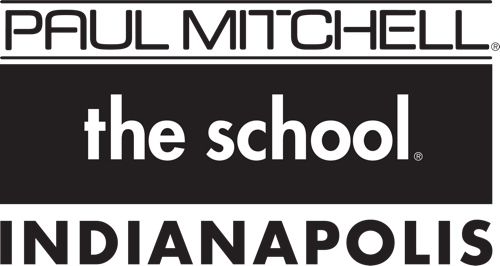COSMETOLOGY INSTRUCTOR COURSE DESCRIPTION
SOC 25-1194.00, CIP 12.0413
The curriculum involves 1000 hours for cosmetology instructor to satisfy Indiana state requirements. The course educates prospective cosmetology instructors to address the needs of students in the classroom and the clinic floor. Prospective teachers learn to utilize a system of forward-focused thinking and front-end coaching. By learning the methods of teaching cosmetology, the prospective teachers learn to engage students in the learning process and stimulate the discovery process with visuals, music, and/or hands-on activities.
*Graduates are prepared for entry level Cosmetology Instructor.
This course is taught in English. Textbooks and course materials are only offered in the English Language.
COSMETOLOGY INSTRUCTOR COURSE OVERVIEW
Course Hours: 1000 clock hours
The cosmetology teacher course is divided into three designations: Postgraduate Training, Psychology and Methodology, and Student Teaching.
- Pre-clinical classroom instruction: In the 1000 hour course, the first 125 hours are spent on classroom workshops, where students learn teaching principles, technical information, and professional practices.
- Clinic Classroom Learning Experience: The remaining 875 hours are spent in the clinic area where practical experience is gained.
COSMETOLOGY INSTRUCTOR COURSE OUTLINE
Your time in the Paul Mitchell The School Indianapolis cosmetology instructor course will be divided into three designations:
- Postgraduate Training: This section is a refresher on cosmetology skills, where you will complete worksheets and take cosmetology written exams.
- Psychology and Methodology: These classes focus on the theory of teaching, using Milady’s Master Educator textbook, including weekly tests.
- Student Teaching: You will learn to write lesson plans and do actual teaching from your lesson plans. There will be a practical teaching evaluation of your teaching skills.
COSMETOLOGY INSTRUCTOR COURSE SUBJECTS
The instructional program of Paul Mitchell The School Indianapolis meets or exceeds the state requirements.
|
Subject |
Theory and Demonstration Practice |
Actual Practices |
Total Hours |
|---|---|---|---|
|
1. Orientation and review of the pertinent curriculum |
50 |
100 |
150 |
|
2. Introduction to teaching |
60 |
|
60 |
|
3. Course outline and development
|
160 |
170 |
330 |
|
4. School Administration
|
30 |
20 |
50 |
|
6. Teaching
|
|
150 260 |
150 260 |
|
TOTAL |
300 |
700 |
1000 |
The course is divided into Postgraduate Training, Psychology and Methodology, and Student Teaching.
COSMETOLOGY INSTRUCTOR PROGRAM TESTING AND GRADING PROCEDURE
The following tests and grading procedures are used to assess student learning and mastery of course content in the 1000-hour course:
- Students must receive a grade of 75% or higher on each assigned theory exam. Theory exams cover a review of Milady’s Master Educator Student Course Book.
- Students must receive a grade of 75% or higher on their final exam. The final exam covers a complete overview of Milady’s Master Educator Student Course Book.
COSMETOLOGY INSTRUCTOR INSTRUCTIONAL TECHNIQUES AND METHODS
The programs are provided through a sequential set of learning steps which address specific tasks necessary for State Board preparation, graduation and job entry level skills. Clinic equipment, implements and products are comparable to those used in the industry. Each student will receive instruction that relates to the performance of useful, creative and productive career oriented activities. The course is presented through well-developed lesson plans that reflect the latest educational methods. Subjects are presented by means of lecture, demonstration, and student participation. Audio-visual aids, guest speakers, field trips, and other related learning methods are used in the course.
